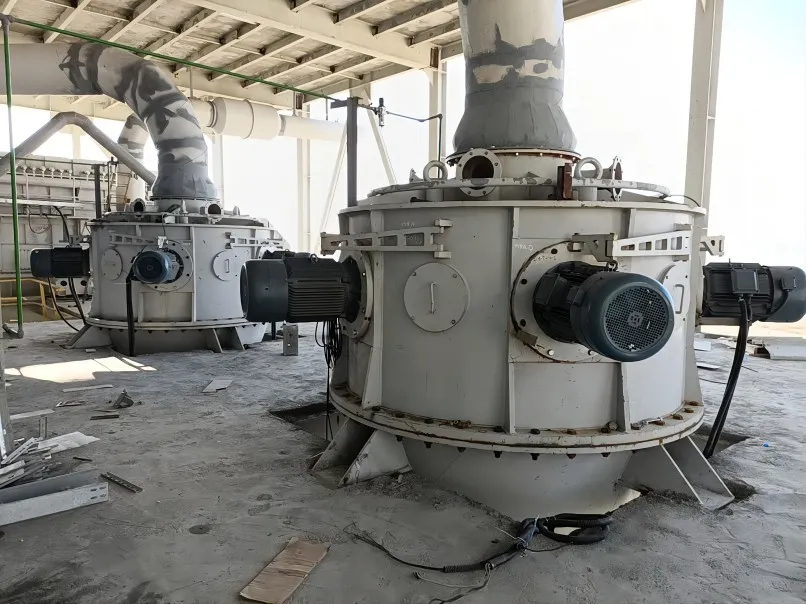Heavy calcium powder, also known as heavy calcium carbonate (CaCO3), finds extensive use in various industries. To achieve the desired particle size distribution and maximize grinding efficiency, classifying heavy calcium ball mills play a crucial role. In this article, we will delve into the properties of heavy calcium powder and explore the significance of Heavy Calcium Ball Mills classification in ensuring efficient grinding processes.
Understanding Heavy Calcium Powder:
Heavy calcium powder refers to finely ground particles of heavy calcium carbonate derived from natural limestone or marble deposits. It possesses distinct characteristics such as higher density, larger particle size range, excellent whiteness, and chemical stability. These attributes make heavy calcium powder suitable for numerous applications across industries.
Classifying Heavy Calcium Ball Mills:
Classifying heavy calcium ball mills involves the process of separating and classifying particles according to their size and density. This step is essential for achieving optimum grinding efficiency and obtaining the desired particle size distribution. The primary purpose of Heavy Calcium Ball Mills classifications are as follows:

Particle Size Control:
Classifying heavy calcium ball mills allows for precise control over the particle size distribution. By separating particles based on their size, it becomes possible to adjust the grinding parameters and optimize the milling process accordingly. This ensures that the final product meets the required specifications and satisfies customer demands.
Enhanced Grinding Efficiency:
Efficient grinding is crucial for producing high-quality heavy calcium powder. By classifying heavy calcium , the grinding efficiency is significantly improved. The classification process removes oversized particles and ensures that only the desired particle size range remains within the mill. This reduces overgrinding and prevents excessive energy consumption, leading to improved overall efficiency.
Product Consistency:
Heavy calcium ball mill classifications helps maintain consistent product quality and uniformity. By ensuring a controlled particle size distribution, variations in the final product are minimized. Consistency in particle size enhances the performance and reliability of heavy calcium powder in its applications across industries.
Tailored Applications:
Classifying heavy calcium ball mills allows for tailoring the properties of the final product to suit specific application requirements. Different industries may demand heavy calcium powder with distinct particle size distributions. By adjusting the classification parameters, manufacturers can produce heavy calcium powder with customized characteristics, enabling its optimal use in various applications.
Product Recovery:
The classification process is also valuable in terms of product recovery. Oversized particles that are separated during classification can be redirected back into the grinding mill for further processing. This minimizes waste and maximizes the yield of high-quality heavy calcium powder.
Heavy calcium powder plays a significant role in various industries due to its unique properties. When it comes to grinding heavy calcium carbonate, Heavy calcium ball mill classification is essential for efficient and effective milling processes. The classification step enables precise control over the particle size distribution, enhances grinding efficiency, ensures product consistency, and allows for tailored applications according to industry-specific requirements. The ability to customize the particle size range of heavy calcium powder through classification empowers manufacturers to meet the diverse demands of their customers. By recognizing the significance of classifying heavy calcium ball mills, manufacturers can optimize their grinding operations, resulting in high-quality heavy calcium powder for a wide range of industrial applications.
